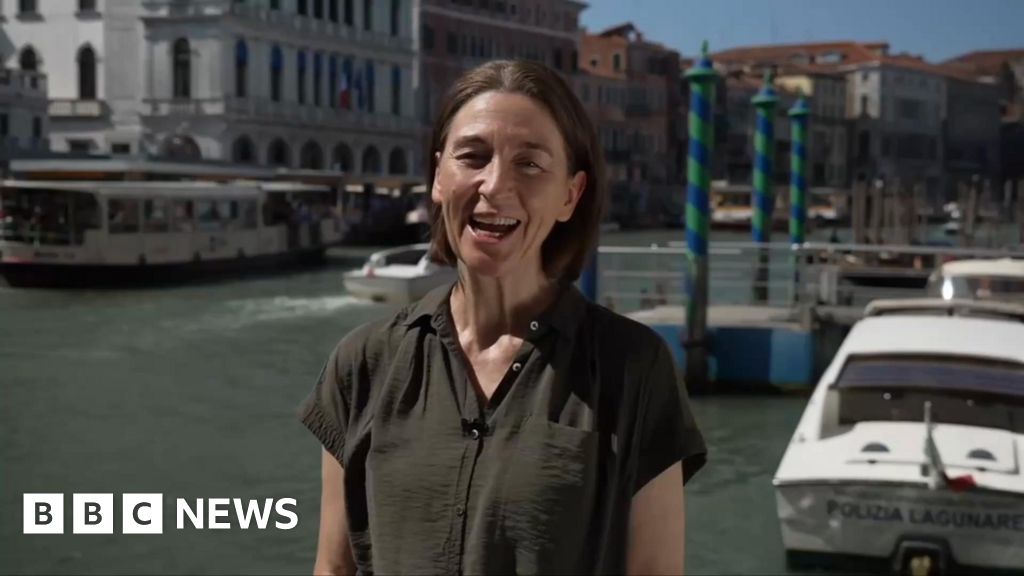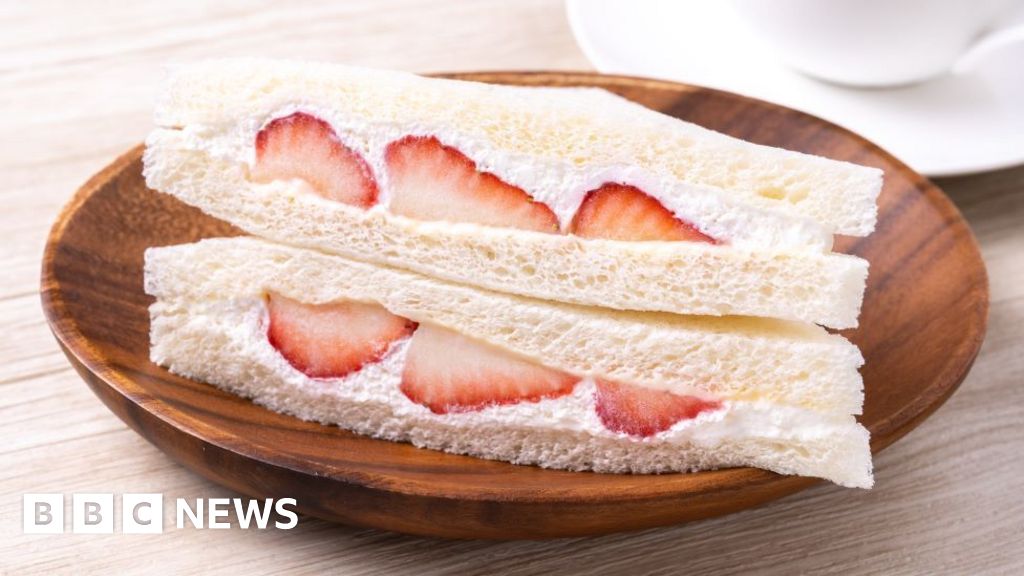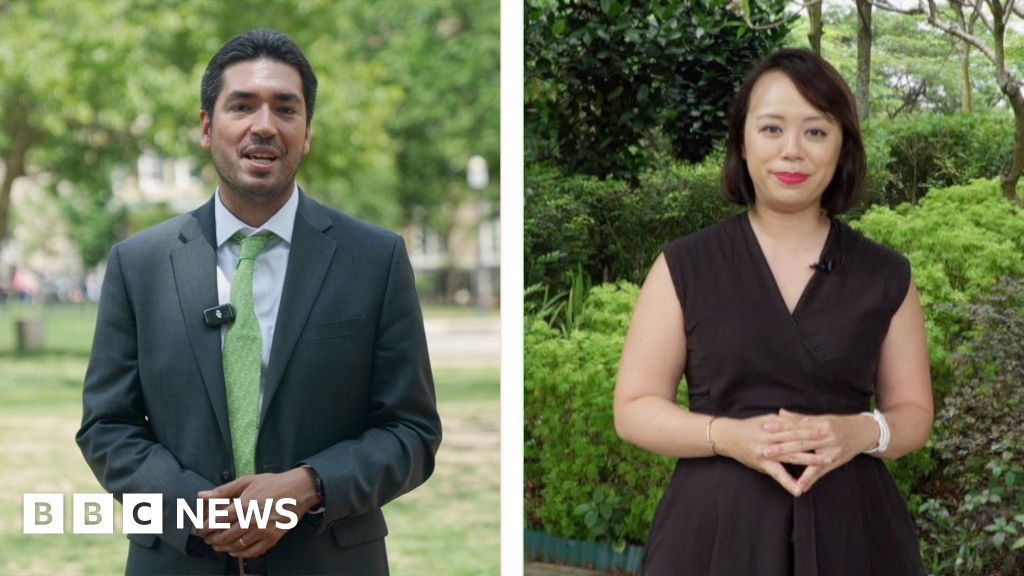A new technique to extract tiny cellulose strands from cow dung and turn them into manufacturing-grade cellulose, currently used to make everything from surgical masks to food packaging, has been developed by researchers from UCL, Edinburgh Napier University and Teesside University.
The study, published in The Journal of Cleaner Production, describes the new “pressurized spinning” innovation and its potential to create cellulose materials more cheaply and cleanly than some current manufacturing methods, using a waste product from the dairy farming industry, cow dung, as the raw material.
The advance is the first time that manufacturing-grade cellulose has been derived from animal waste and is a prime example of circular economy, which aims to minimize waste and pollution by reusing and repurposing resources wherever possible.
The researchers say that implementing the technology would be a win-win situation for manufacturers, dairy farmers and the environment.
Cellulose is one of the world’s most commonly used manufacturing materials. Found naturally in the cell walls of plants, it was first used to create synthetic materials in the mid-19th century, including the original material used in photographic film, celluloid.
Today it can be found in everything from cling film to surgical masks, paper products, textiles, foods and pharmaceuticals. Though it can be extracted organically, it is also often produced synthetically using toxic chemicals.
Pressurized spinning (or pressurized gyration) is a manufacturing technology that uses the forces of pressure and rotation simultaneously to spin fibers, beads, ribbons, meshes and films from a liquid jet of soft matter. The multiple award-winning technology was invented in 2013 by a team from UCL Mechanical Engineering led by Professor Mohan Edirisinghe.
Professor Edirisinghe, the senior author of the study, said, “Our initial question was whether it could be possible to extract the tiny fragments of cellulose present in cow manure, which is left over from the plants the animals have eaten, and fashion it into manufacturing-grade cellulose materials.
“Extracting the fragments from dung was relatively straightforward using mild chemical reactions and homogenization, which we then turned into a liquid solution. But when we tried to turn the fragments into fibers using pressurized spinning technology, it didn’t work.
“By a process of trial and error, we figured out that using a horizontal rather than a vertical vessel containing surface nozzles and injecting the jet of liquid into still or flowing water caused cellulose fibers to form. We were then able to change the consistency of the liquid to create other forms, such as meshes, films and ribbons, each of which has different manufacturing applications.
“We’re still not quite sure why the process works, but the important thing is that it does. It will also be fairly easy to scale up using existing pressurized spinning technology, the vessels for which were designed and built in the UCL Mechanical Engineering workshop.”
The new technique, called horizontal nozzle-pressurized spinning, is an energy-efficient process that doesn’t require the high voltages of other fiber production techniques such as electrospinning.
The team say that adapting existing pressurized spinning machines to the new process should be relatively straightforward. The greater challenge is likely to be the logistics of sourcing and transporting the raw material, cow dung, but that the environmental and commercial benefits of doing so would be significant.
Ms. Yanqi Dai, first author of the study from UCL Mechanical Engineering, said, “Dairy farm waste such as cow manure is a threat to the environment and humans, especially through waterway pollution, the release of greenhouse gases into the atmosphere when it decomposes, and the spread of pathogens. It is also often a burden on farmers to dispose of properly.
“Horizontal nozzle-pressurized spinning could be a huge boost to the global dairy farming industry, by putting this problematic waste product to good use and perhaps creating a new source of income.”
The research team is currently seeking opportunities to work with dairy farmers to take advantage of the technology and scale it up.
Animal waste is a growing problem globally. Research in 2019 estimated that the amount of animal waste is due to increase by 40% between 2003 and 2030 to at least five billion metric tons, with many farms producing more manure than they can legitimately use as fertilizer. This waste often finds its way into water, where it can have a devastating effect on ecosystems and even lead to disease in humans.
More information:
Yanqi Dai et al, Harnessing cow manure waste for nanocellulose extraction and sustainable small-structure manufacturing, Journal of Cleaner Production (2025). DOI: 10.1016/j.jclepro.2025.145530
Citation:
Feat of ‘dung-gineering’ turns cow manure into one of world’s most used materials (2025, May 7)
retrieved 7 May 2025
from
This document is subject to copyright. Apart from any fair dealing for the purpose of private study or research, no
part may be reproduced without the written permission. The content is provided for information purposes only.

















